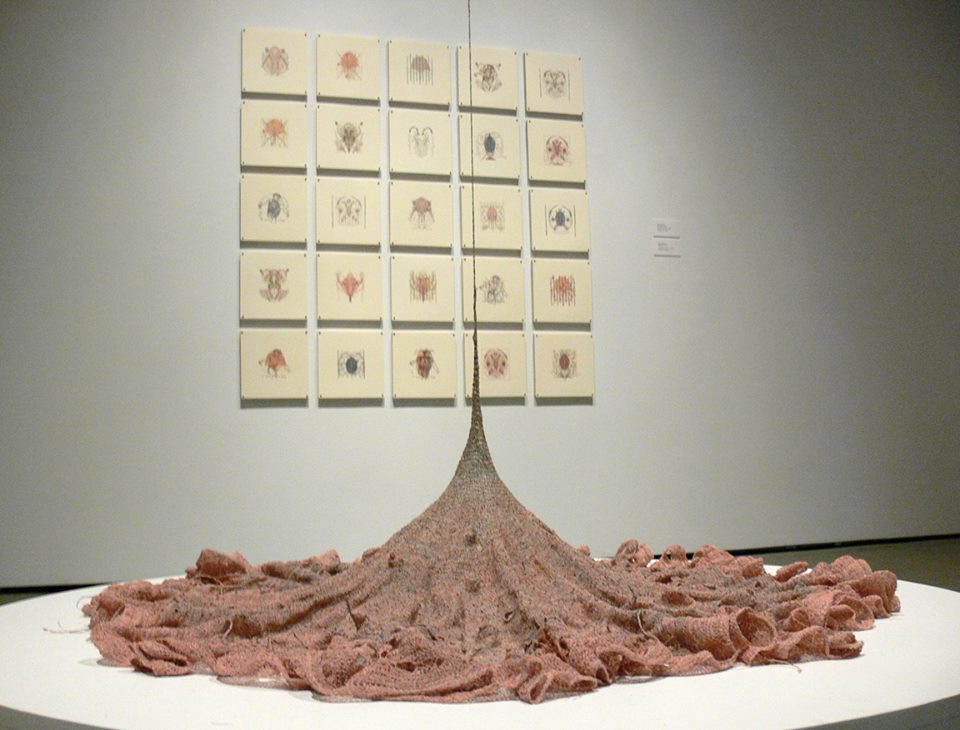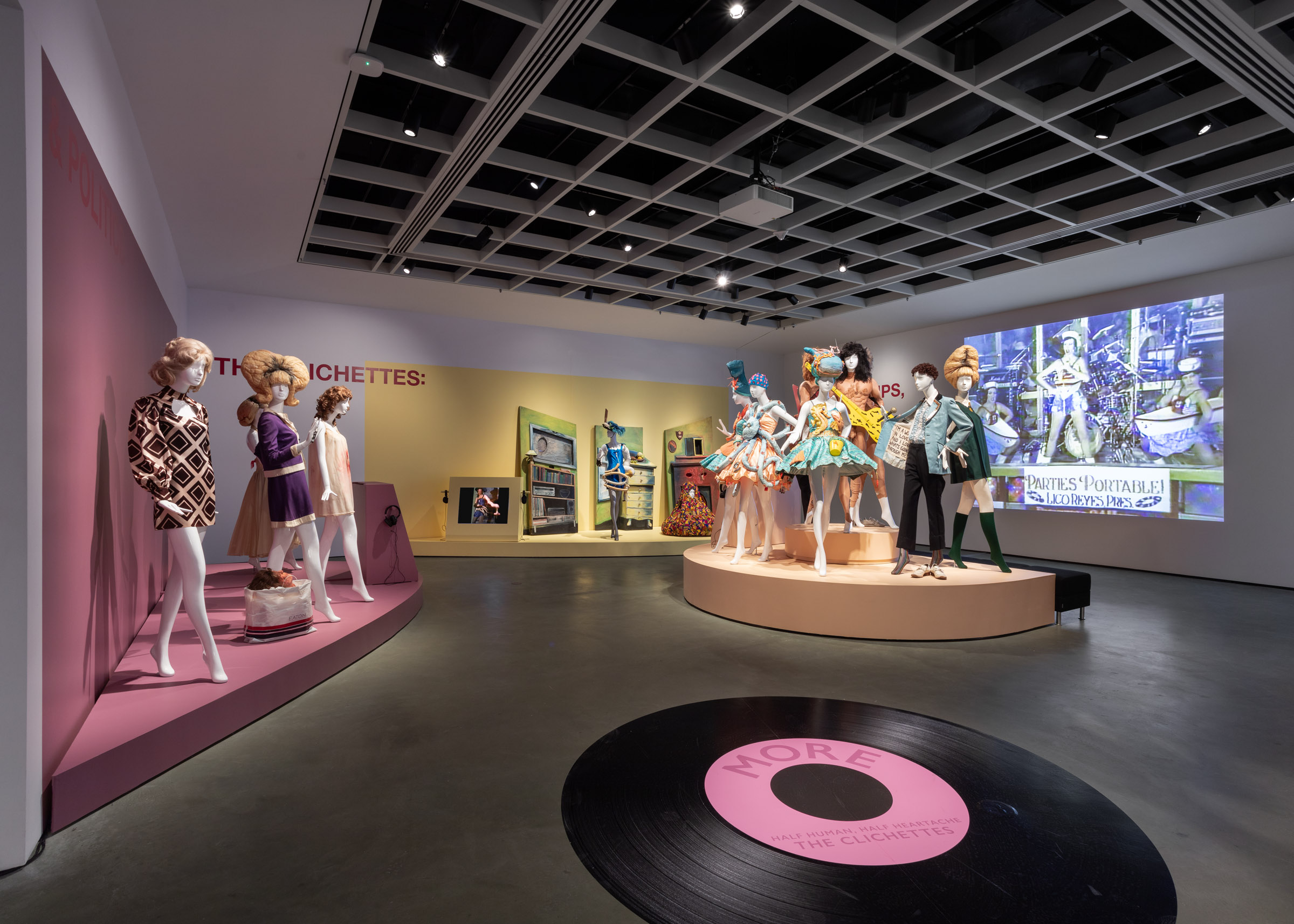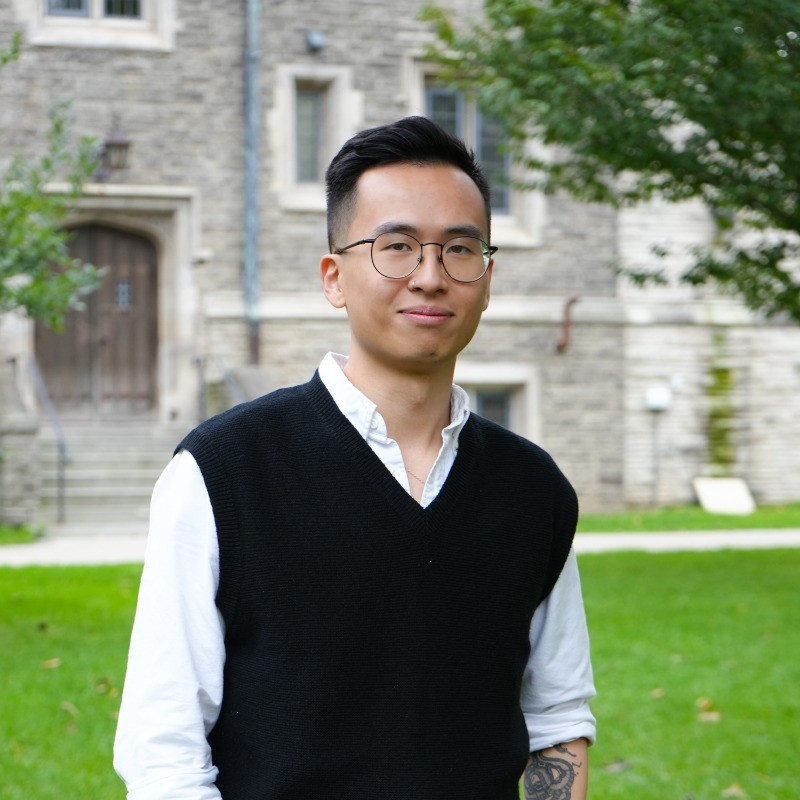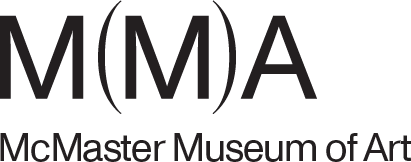Beyond the Body
March 27, 2015

Beyond the Body: Seeing the Self as Object in a Culture of Commodification
A guest blog by Gio Diokno, 4th year Theatre and Film Student, McMaster University
As part of English 4Y06 Research Practicum, I’ve been conducting research alongside the exhibit This is Me, This is Also Me. With the exhibit coming to a close, I’d like to share some of my final thoughts on the exhibit and its attempt to explore the self as a means to connect to others.
Having written about This is Me, This is Also Me for the McMaster Museum of Art blog twice before, I’ve touched upon issues of diaspora relating to works by Deanna Bowen and Jin-me Yoon in the exhibit, but the exhibit has so much more to offer and explore. Notably, the exhibit explores how the self is understood in different visual contexts and representations. One of my favorite ways in which this is explored is through the idea of seeing the self as an object, a manner of presentation that does not fully resemble a human form. From the exhibit, I’d like to discuss the works by Cathy Daley, Kent Monkman, and Doug Guildford.

pastel on vellum, 61 x 48 cm. Gift of the Artist. Collection of McMaster Museum of Art
The paintings by Cathy Daley explore the complex nature of the self. Two of the works exude turbulence with the complex strokes of paint that dominate the work and a third differs with its structured, geometric edges. All three of the works juxtapose these elements alongside the image of human legs. The legs function as a way to read the form as human, but it also speaks to the fragmented dissection of human bodies, specifically the female body. The pieces ask to consider the body as something more than just a “set of legs” and how bodies are treated as though they are decorative (with one of the pieces resembling geometrically sleek furniture usually found at Ikea). The juxtaposition of body and object in Daley’s practice points to the visual consumption of bodies as objects, overlooking their identity and complexity.
Continuing on the consumption of bodies, Kent Monkman’s pieces “Dreamcatcher Bra” and “Raccoon Jockstrap” explore the issue differently. These pieces explore Indigenous Two-Spirit identity and gender dichotomies as part of Monkman’s performance persona, Miss Chief Eagle Testickle. However, the pieces also present how Indigenous identity is reduced to an aesthetic that becomes commodified through clothing. Indigenous identity undergoes an erasure, is appropriated, and re-sold as a decorative object to be worn and consumed by the masses. The reduction of an identity into a fashion statement points to how a culture (and its history) becomes forgotten under the guise of commercialization and continues to be exploited by colonialism. The pieces present a caricature of the contemporary fetishization of Indigenous culture into a visual aesthetic and bring viewers to contemplate the irony behind the contemporary consumption of this aesthetic,despite their ignorance of Indigenous people and their issues.

With the pieces by Daley and Monkman exploring the reduction of bodies as object, the piece “Doily” (shown above) by Doug Guildford turns towards an expansive exploration of the self as object. The sculpture embodies the fluid nature of identity and self, traversing between various liminal spaces in its form. This representation of the self rejects the idea of a rigid identity; the piece juxtaposes coarse and fluid qualities to form a net-like structure, exemplifying the complex nature of the self. With its net-like features, the textile qualities of the piece point to the labor behind having to define the self. As the piece reaches the ceiling of the exhibit, Guildford explores the endless nature to which identity can be represented, exhibiting how the self surpasses the rigid limits a singular object provides. Guildford represents this endlessness of the self through an object to portray the self as something beyond a body, creating connections with thetextured, constructed object found in Daley’s and Monkman’s work.
With the exploration of presenting the self as object, the works by Daley, Monkman, and Guildford explore what it means to visually express one’s sense of self and how society shapes this expression. Exhibits like This is Me, This is Also Me provide the opportunity to explore the gaps between cultures, communities, and people, with hopes that we recognize one another’s identity and existence in the face of movements towards the objectification of others. The McMaster Museum of Art has provided the exhibit as a means to stir discussion and to educate, not just for myself and my independent explorations of identity and visual culture, but hopefully for many others who had the chance to experience the exhibit.

McMaster Museum of Art wins Exhibition of the Year for The Clichettes: Lips, Wigs and Politics
December 2, 2025
On Monday, December 1, 2025, Galeries Ontario / Ontario Galleries (GOG) announced the winners of the 48th Annual GOG Awards and the McMaster Museum of Art (M(M)A) took away the top award for the Exhibition of the Year (Budget Over $50K) for the Fall 2024 exhibition The Clichettes: Lips, Wigs and Politics produced in partnership […]

The Creative Process: Well-being through art with the McMaster Museum of Art
August 22, 2025

McMaster Museum of Art Welcomes New Communications Officer Jeff Jung Sing Chow
July 11, 2025





